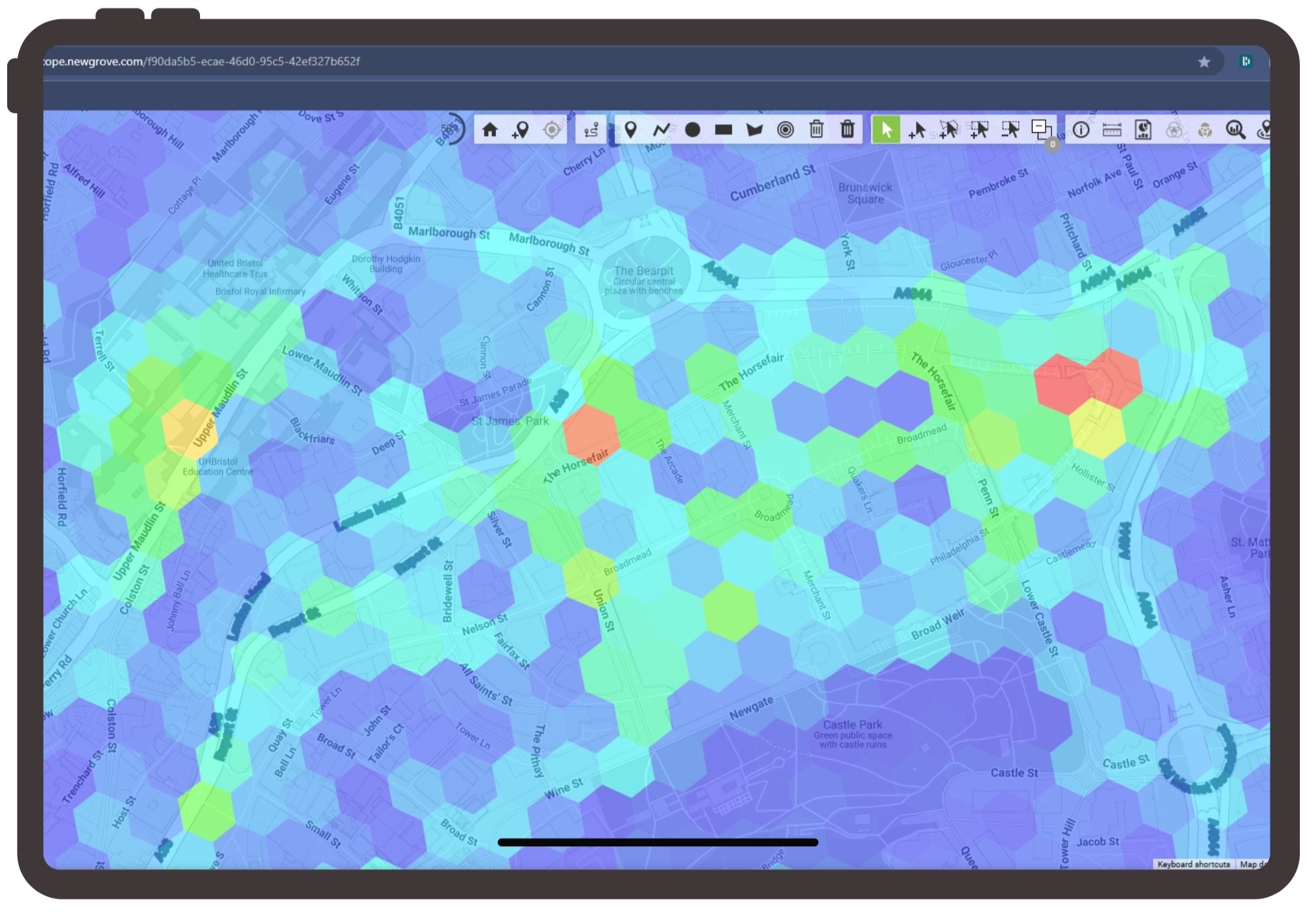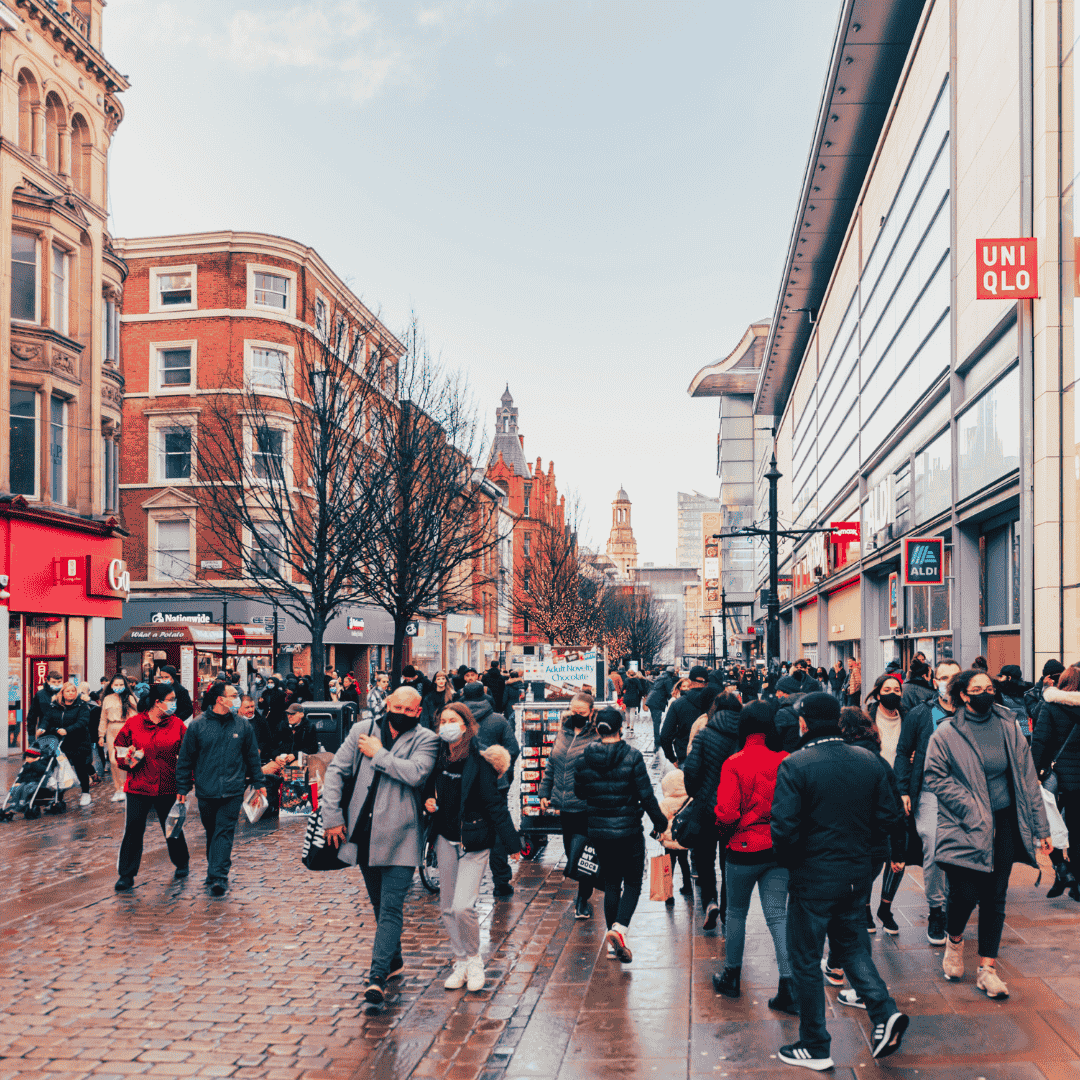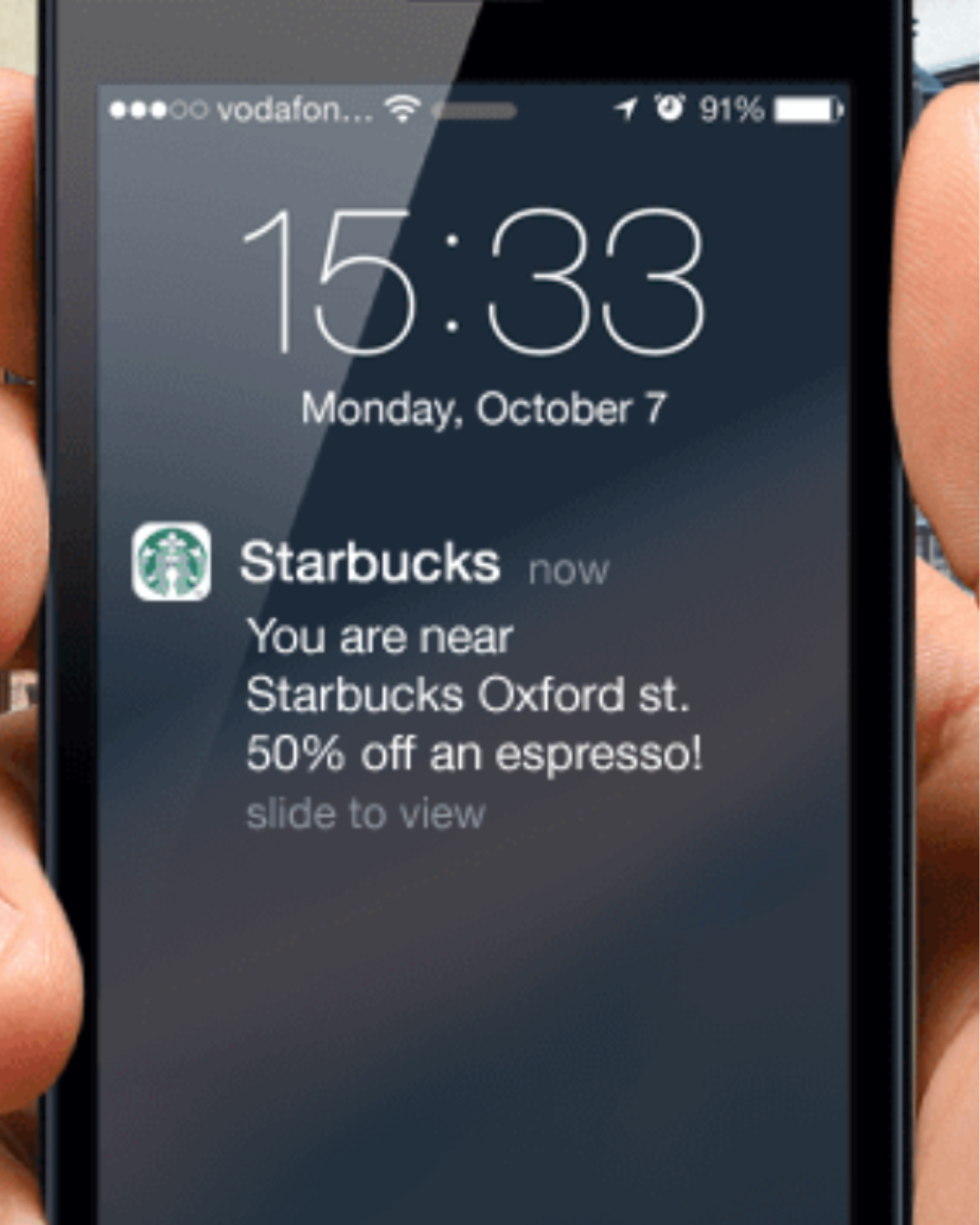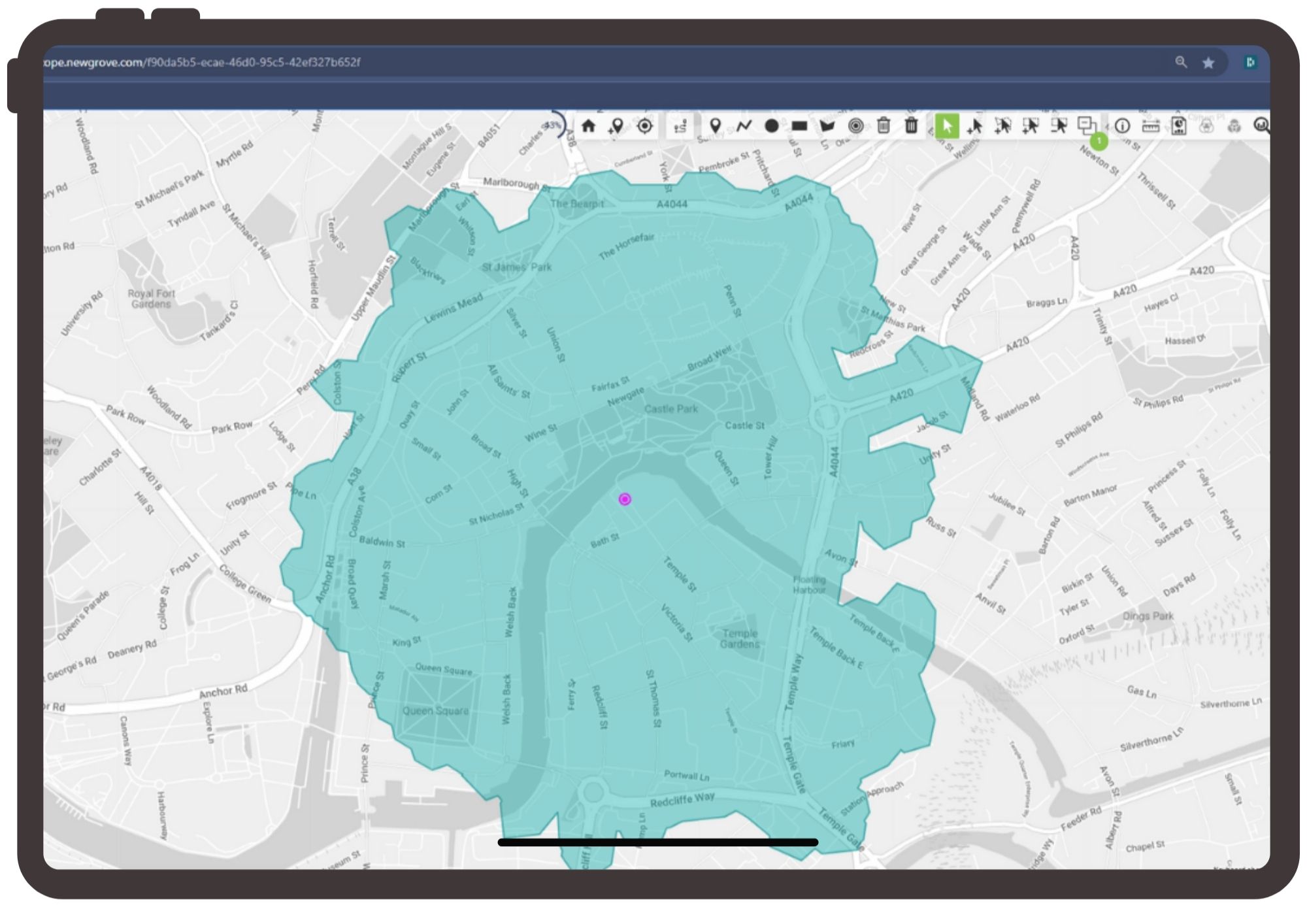The Power of Footfall Data: The Key to Understanding Your Brand’s Reach
Have you ever wondered why more people gather in one area than another, or how foot traffic fluctuates on weekdays versus weekends, or across different months? Traditional data sources might only tell part of the story. Foot traffic data, showing how and when people move through specific locations, provides valuable insights that can guide smarter commercial decisions, helping you understand where to focus for maximum impact.
Footfall data can reveal patterns and behaviours that help you optimise your growth strategy whatever your business. By understanding how people interact with your locations, you can boost sales, target the right audience and maximise your return on investment.
In this blog, we’ll take a closer look at how foot traffic insights help you to analyse current trends and build predictive models to support your strategy.
The Power of Foot Traffic Data
Footfall data comes from GPS signals, sourced from over 200 lifestyle, sports and news apps on millions of devices. It tracks where people go, what times they’re active and calculates the speed at which the mobile device is moving, for example pedestrians travel at less than 5km per hour. This level of detail allows you to go deeper than demographics or past sales figures, helping you to really understand how consumers behave.
Whether you’re tracking foot traffic in a shopping centre, on a high street or searching around a specific location, Dynamic Footfall data enables informed decisions on everything from site selection to advertising placement.
Figure 1: Use Street-Level Analysis to Optimise Site Selection, Marketing and Customer Engagement

How Foot Traffic Boosts Your Brand
Optimising Retail Store Locations and Increasing Sales
For retailers, location is everything. Imagine you’ve got a few sites in mind for a new store, but you aren’t sure which one will perform the best. Foot traffic data can show you exactly where customers are most active, helping you pinpoint the best locations for new store openings.
Take Nike, for example. They’ve used foot traffic data to identify key areas in cities where their stores are likely to attract the highest number of customers. By focusing on high-footfall zones in busy shopping areas, they ensure their stores are placed on both sides of the street to ensure they don’t miss any purchasing opportunities.
But it doesn’t end with store placement. Dynamic Footfall also helps retailers analyse foot traffic patterns and compare them with sales data. For instance, if a store is situated in a high-traffic area but isn’t hitting sales targets, footfall data can reveal whether the store’s visibility needs improvement and help guide a more targeted marketing approach.

Precision Targeting for More Effective Campaigns
Marketers know that reaching the right audience is the key to successful campaigns, but it’s not always easy to get your message in front of the right people. Foot traffic data provides a solution by identifying high-traffic areas and times when your target audience is most likely to be around.
Popular coffee shop chains like Costa or Starbucks frequently run out-of-home (OOH) campaigns targeting commuting professionals. With foot traffic insights, they can identify the best locations, like city centres or public transport hubs, where foot traffic is high during rush hours. By placing ads in these areas, they’ll reach more potential customers at relevant times, so they’re more likely to make a purchasing decision.
With Dynamic Footfall, marketers can fine-tune digital campaigns with precise geofencing, where they can send targeted ads to mobile users who are passing by high-foot traffic areas like shopping centres or retail parks.

Finding the Perfect Location for Franchise Expansion
When it comes to expanding a franchise, there are so many variables to consider, it’s hard to know which areas will perform the best. Foot traffic data helps property owners developers to pinpoint locations that are likely to attract the most footfall, based on consumer behaviour data.
Take Subway, who have used foot traffic data to assess new locations by analysing consumer patterns, including where people go at lunchtimes and which areas have the highest potential for growth. By using this data, they ensure their franchises are strategically placed in areas with concentrated foot traffic, improving both the brand’s visibility and boosting sales.
With Dynamic Footfall, franchises can also monitor competitors. By understanding where nearby stores are getting high foot traffic, franchise owners can assess how to position their brand so they can stand out in the market and attract more customers.
Figure 2: You can visualise a 10 minute walk radius around a chosen location

Smarter Site Selection and Investment Decisions
Investing in property is an exciting journey, but it has pitfalls even the most experienced buyers can fall into if they aren’t careful. Avoiding these problems means having the right data to assess a site’s potential. Dynamic Footfall insights help assess the surrounding infrastructure, determine the optimal site for investment, and ensure that developments are situated in locations that will thrive due to high foot traffic and visibility by showing how many people pass through a location, when and for how long.
For instance, commercial property developers like Segro PLC or Hammerson who are looking to build new retail parks can use foot traffic insights to identify high-traffic locations in an urban district. The data helps them evaluate whether foot traffic will support long-term growth and guide them to premium areas with the highest potential for success.
Make Data-Driven Decisions That Drive Commercial Success
Foot traffic data offers that competitive edge. It enables businesses to spot emerging trends, identify high-demand areas and adapt quickly as new opportunities arise.
The insights you gain can fundamentally change how your business operates. By using Dynamic Footfall, you’re not just guessing where your customers are – you can visualise and strategically place your brand where your customers are located.
Ready to harness the potential of foot traffic data for your business? Book a consultation and see how Dynamic Footfall helps you to drive commercial success.
